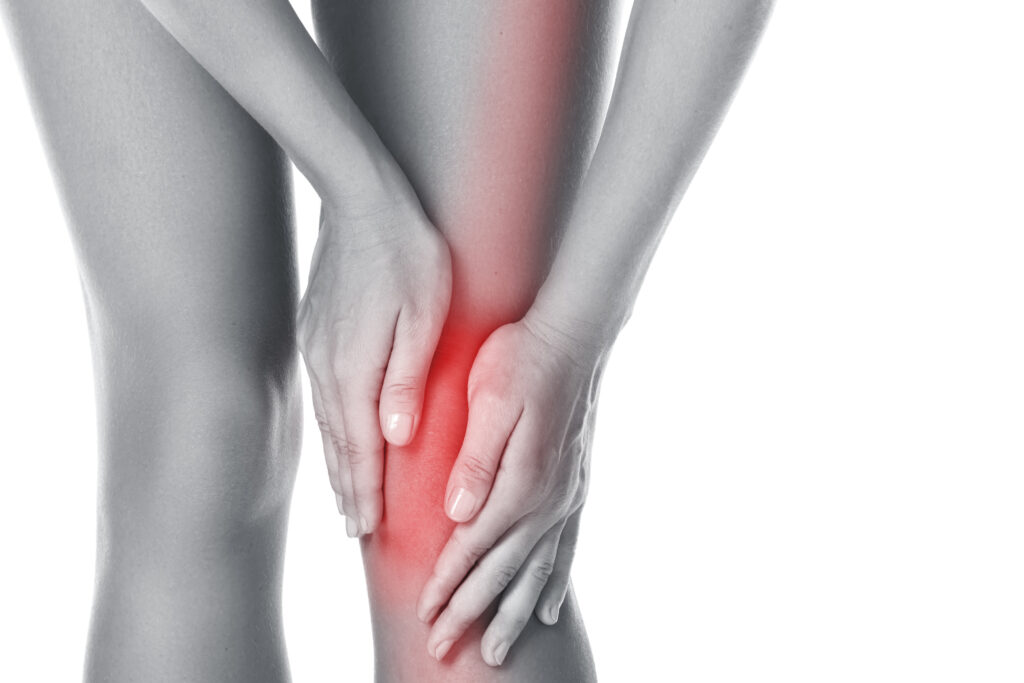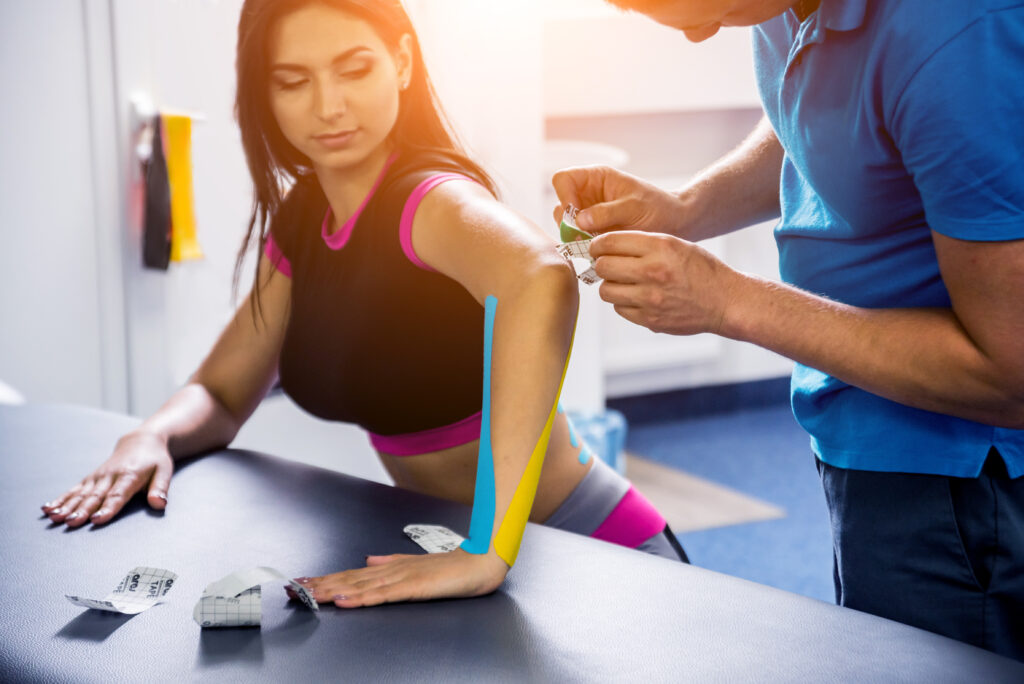Sports Rehabilitation Therapy
Sports injuries typically occur for various reasons, including muscle imbalance, improper training or technique, lack of appropriate footwear or safety equipment, and inadequate warm-up. According to the American Journal of Sports Medicine, about three million athletes aged 14 years and under experience a sports injury annually. In addition, sports injuries are common for those participating in competitions, organized sports, fitness activities, or training exercises.
What is a sports injury?
There are two general types of sports injuries, acute traumatic injury, and chronic injury. Let’s explore how these two sports injuries can influence treatment time and overall recovery.
Some acute traumatic sports injuries include:
- Bone fracture, break, or shatter
- Bruise or contusion that causes swelling in muscles and other body tissues
- Muscle Strain occurs when the muscle or tendon is stretched or torn
- A stretch or tear of ligaments between bones and cartilage, weakening joints
Chronic sports injuries can occur from overuse of joints or muscles or repetitive training. For example, many baseball pitchers experience shoulder problems towards the end of their sports career.
Some examples of common chronic sports injuries include:
- Stress fractures in the bone’s surface caused by repetitive overuse of joints or muscles
- Tendonitis or chronic inflammation of tendons
Chronic sports injuries often develop when acute injuries are improperly treated, like when athletes play through acute or minor injuries, allowing symptoms to worsen over time.

What are the most common sports injuries?

It is common for athletes to suffer from neck injuries, back injuries, knee injuries, wrist injuries, and foot injuries. However, the likelihood of developing these injuries varies based on the sport, genetics, the intensity of training, and the level of prevention taken. For instance, head and neck injuries are common in athletes who participate in contact sports like football.
Additionally, risk factors also play an important role in the manifestation of a sport injury. There are several factors that may put an athlete more at risk for certain injuries than others. Intrinsic or personal factors that could put an athlete at higher risk for injury could be gender. For example, female athletes are typically more prone to injuries such as ACL tears.
Sports Injury Management
The most important thing to do when you suffer from a sports injury is to visit a doctor. First, your doctor will order the necessary radiology testing and imaging to specify your sports injury type. Next, your physician will recommend pain relief and anti-inflammatory medications and prescribe physical therapy to help kick-start recovery.
Physical therapy and sports injury prevention treatment will help you recover from your sports injury. In fact, studies show that exercise-based injury prevention reduces injury rates in sports. You will learn exercises and stretching techniques to help prevent future injuries and participate in endurance and strength training to get you back in action.
In addition, our physical therapists will work with you to create a treatment plan specific to your needs. For example, creating a proper warm-up routine will help improve blood flow in muscles and allow muscle temperature to rise, which helps prevent muscle strains or tears.

No sports injury is the same, and each patient's rehabilitation process is different.
Recovery times will vary based on your body type, past medical and surgical history, the type of sport, and the overall severity of your injury. But rest assured, at BGPT Physical Therapy, we work with you to complete your sports rehabilitation therapy efficiently.
